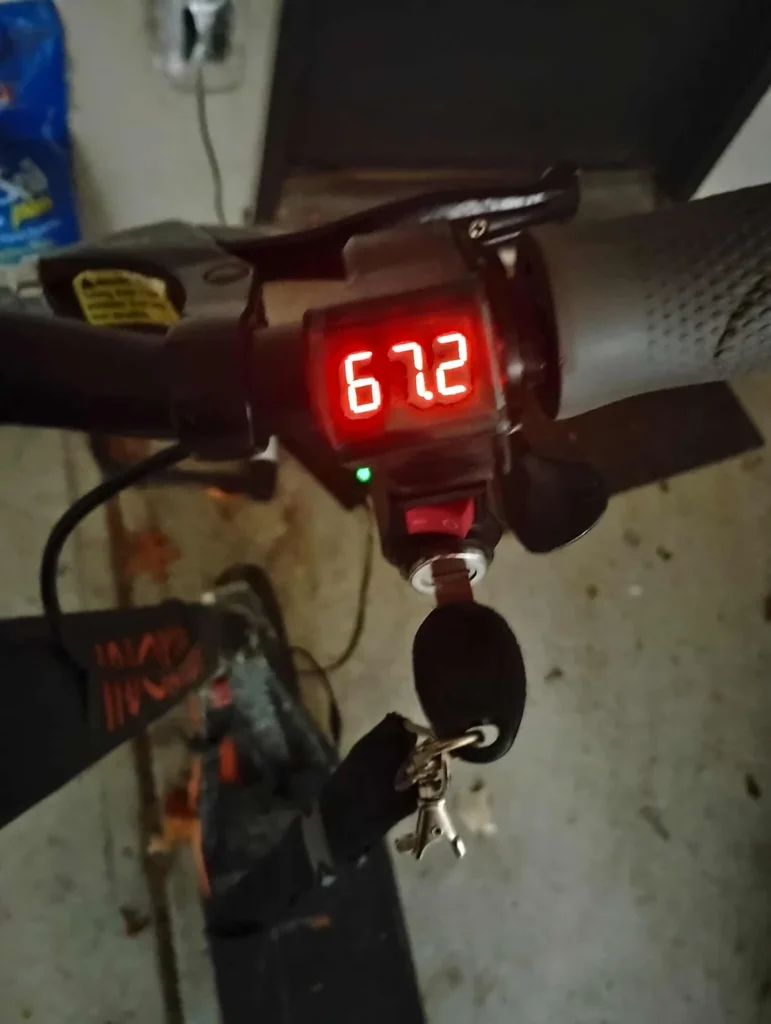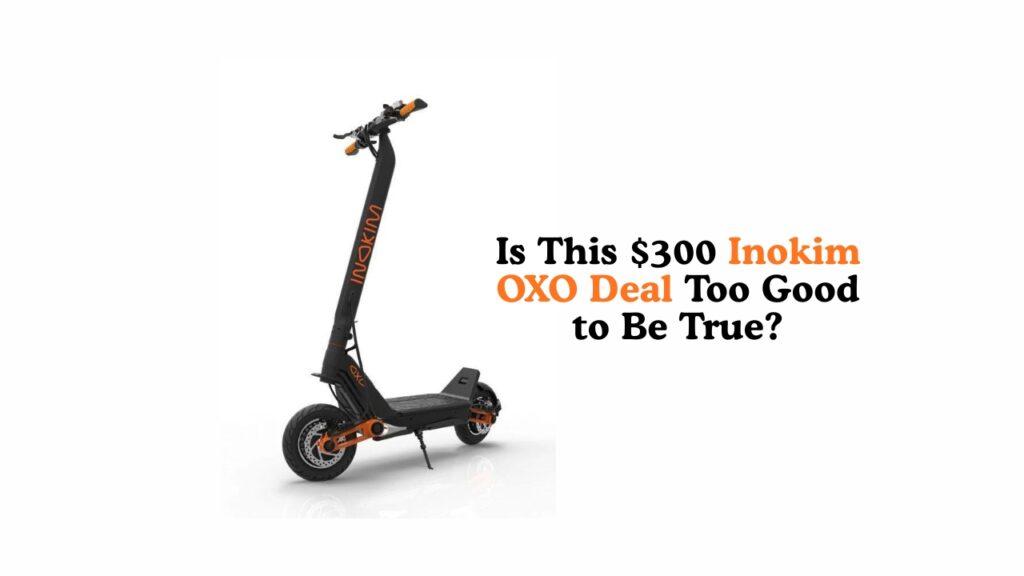Buying a second-hand electric scooter can be tempting. You might save hundreds of dollars and score a high-end model for a fraction of its original price. However, not all deals are as good as they seem. Some scooters have been heavily modified, poorly repaired, or even stolen. This guide will help you spot potential issues, understand common modifications, and perform a safe test ride to avoid costly mistakes.

Spotting Red Flags in Used Scooters
When shopping for a used scooter, start by examining what’s missing or unusual. Missing original parts are a major red flag. For example, many Inokim OXO scooters come with a stock LCD display showing speed, battery level, and trip data. If a scooter has no display or only a basic voltmeter, it may have been repowered or heavily modified.
Other warning signs include aftermarket components like key ignitions or custom throttles. These are often added by previous owners and can indicate non-standard wiring. Cosmetic issues such as peeled-off branding, scratches, or mismatched parts can be harmless, but they may also suggest a “Frankenstein” build.
Lack of documentation is another concern. If the seller cannot provide a receipt, shop name, or original parts, approach with caution. And finally, take note of seller behavior. If they refuse to answer questions or seem evasive, this could indicate hidden problems.

Understanding Common Modifications
Repowered or modified scooters often have replaced controllers, motors, and wiring. The original manufacturer components might be swapped out for aftermarket gear, such as VESC or ASI controllers, or cheaper “silver can” controllers.
While high-quality aftermarket controllers can improve performance, cheaper replacements may be unreliable. Dodgy wiring, exposed connections, or non-waterproof modifications increase the risk of breakdowns. Understanding what was replaced helps you anticipate maintenance needs and avoid buying a scooter that will cause more stress than enjoyment.
Modifications aren’t always bad, though. Some riders appreciate features like key ignitions, voltmeters, or dual motor setups. If installed professionally, these upgrades can enhance your scooter’s usability and safety. The key is knowing what you’re getting before committing to the purchase.
What to Check During a Test Ride
A test ride is critical when buying a used scooter. Start by checking the battery voltage under load using a voltmeter. Significant voltage drops under throttle can indicate a worn battery. Listen for unusual motor noises such as grinding, rattling, or whining, which may point to internal damage.
Inspect brakes, suspension, and tires to ensure proper functionality. For riders in hilly areas, test the scooter’s torque by accelerating uphill to see if it maintains power without straining. Check all visible wiring for exposed connections or frayed insulation. Frame integrity is also important—look for cracks, rust, or poorly repaired welds.
Engage the throttle gently and feel for smooth power delivery. Sudden jerks or inconsistent acceleration can signal controller or wiring issues. Make sure the scooter stops safely and responds reliably to braking.
Identifying the Controller Type Without Opening the Deck
Determining the type of controller without opening the deck can be tricky. Often, aftermarket displays or voltmeters give hints. If the scooter lacks a stock display, it may have a generic controller that doesn’t support advanced features like speed modes or dual motor management.
High-end setups like VESC controllers allow custom configurations and speed adjustments, but these are not default features. Generic controllers are simpler but may limit performance and functionality. Understanding the controller type helps set realistic expectations and prevents surprises after purchase.
Safety and Reliability Concerns
The biggest concerns with repowered or modified scooters are electrical reliability and structural safety. Poorly connected wires, non-waterproof components, and exposed motor leads can cause shorts or failures. Even if a scooter powers on, it may still require repairs or adjustments to be fully dependable.
Brake and suspension condition, frame integrity, and tire health are equally important. While cosmetic damage may not affect performance, compromised structural parts can create safety hazards. Always prioritize functionality over looks when evaluating a used scooter.
Price is a key factor, but a low price doesn’t always mean a good deal. If a scooter seems cheap but has missing parts, questionable modifications, or unresponsive sellers, it may cost more in repairs than it’s worth. Consider negotiating the price based on these factors.
Always ask for the scooter’s serial number and any proof of purchase to avoid buying stolen property. Document the seller’s details and the transaction for added security. If something feels off, trust your instincts and be ready to walk away.
For first-time buyers, sticking to scooters with known histories, full documentation, and minimal modifications is usually the safest choice. Once you gain experience, you can explore modified or repowered scooters with more confidence.
Conclusion
Buying a used electric scooter can be a great way to save money, but it comes with risks. Carefully inspecting the scooter, understanding modifications, performing a thorough test ride, and checking seller credibility can save you from costly mistakes. Take your time, ask questions, and always prioritize safety and reliability.
Have you ever bought a second-hand scooter? Share your experiences and tips in the comments below—we’d love to hear what worked and what didn’t!

